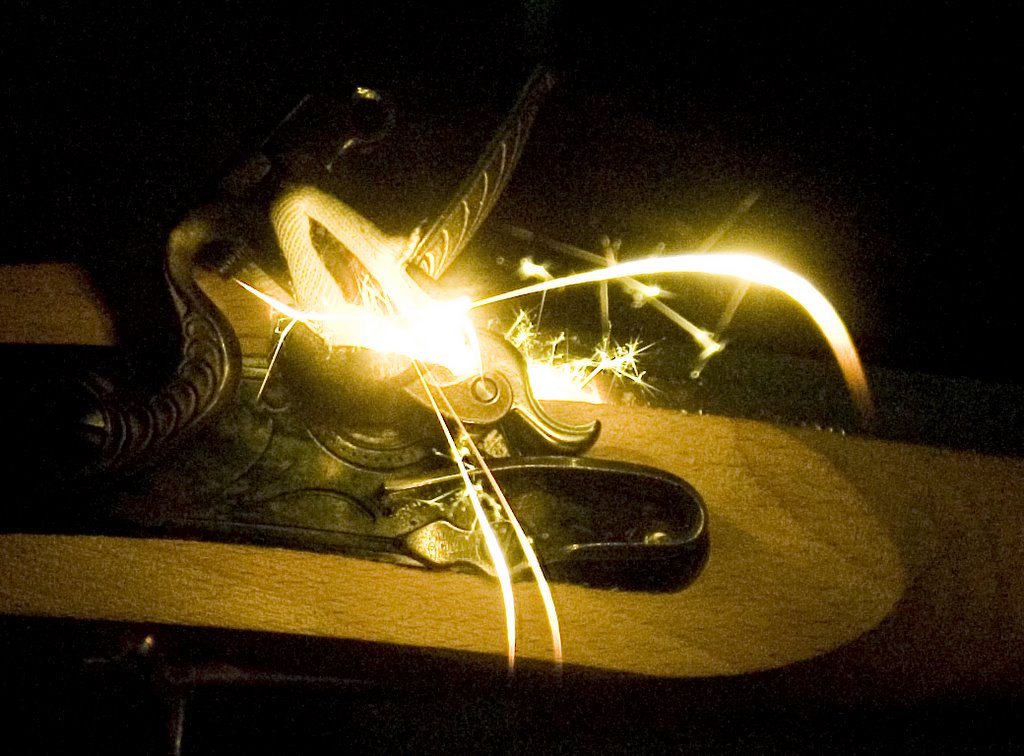Ok, so I'm new. I really have been interested in a fowler, but was having a hard time finding what I was looking for. In the meantime, I came across a Traditions Kentucky .50 Percussion Kit for only $135. I have done a great deal of poking around in the forums in just a few days, and now have more questions than I started with. Any and all input would be appreciated.
It is a full stock, but in two pieces with a brass divider. I assume that is not historically accurate. I thought about embelishing the joint to make it more decorative. Any thoughts?
Is there anything "wrong" with this kit? KR5220
What kind of decoration would be appropriate? It doesn't have a patch box or anything other than the bare basics.
The lock is color case hardened, and I am not sure that I like it. Does one mess with it? or take it as is?
For the barrel, I'm thinking of leaving it in the white. I don't think brown is for me. I am intrigued by the charcoal blueing method.
As I am soooo new, I'm not sure what is historically accurate. I would like it to be somewhat authentic looking, but unique at the same time. I am reasonably handy in the shop and wouldn't mind a go at wire inlay or making my own brass plates and perhaps a go at engraving.
I am really looking to experiment, but don't want to muck it up too much. Just putting it together as is doesn't sound like much fun.
So, there you have it. I'm not wanting everything at once, but rather trying to get the big picture BEFORE I start.
I do have many other questions but can't get them all in one post. Thanks in advance.
Brett in Salt Lake
It is a full stock, but in two pieces with a brass divider. I assume that is not historically accurate. I thought about embelishing the joint to make it more decorative. Any thoughts?
Is there anything "wrong" with this kit? KR5220
What kind of decoration would be appropriate? It doesn't have a patch box or anything other than the bare basics.
The lock is color case hardened, and I am not sure that I like it. Does one mess with it? or take it as is?
For the barrel, I'm thinking of leaving it in the white. I don't think brown is for me. I am intrigued by the charcoal blueing method.
As I am soooo new, I'm not sure what is historically accurate. I would like it to be somewhat authentic looking, but unique at the same time. I am reasonably handy in the shop and wouldn't mind a go at wire inlay or making my own brass plates and perhaps a go at engraving.
I am really looking to experiment, but don't want to muck it up too much. Just putting it together as is doesn't sound like much fun.
So, there you have it. I'm not wanting everything at once, but rather trying to get the big picture BEFORE I start.
I do have many other questions but can't get them all in one post. Thanks in advance.
Brett in Salt Lake







